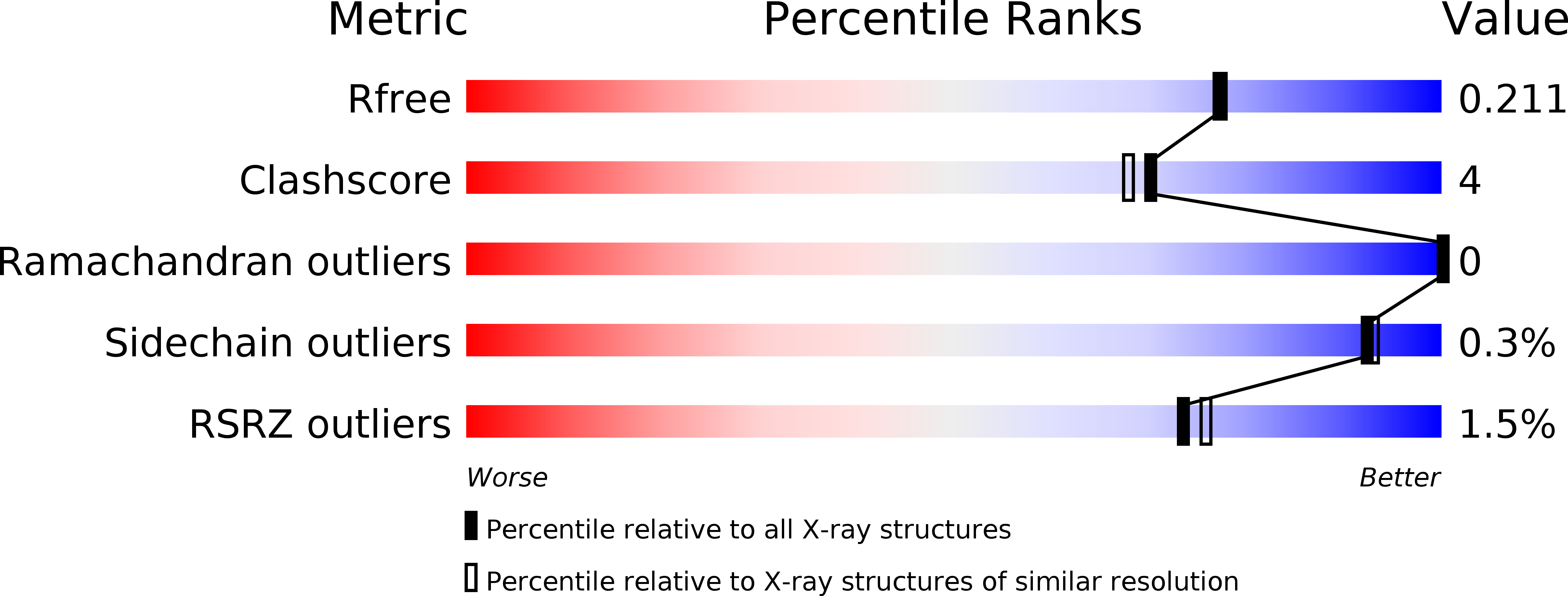
Deposition Date
2005-04-19
Release Date
2005-04-28
Last Version Date
2024-11-13
Method Details:
Experimental Method:
Resolution:
1.90 Å
R-Value Free:
0.21
R-Value Work:
0.16
R-Value Observed:
0.16
Space Group:
P 21 21 2


